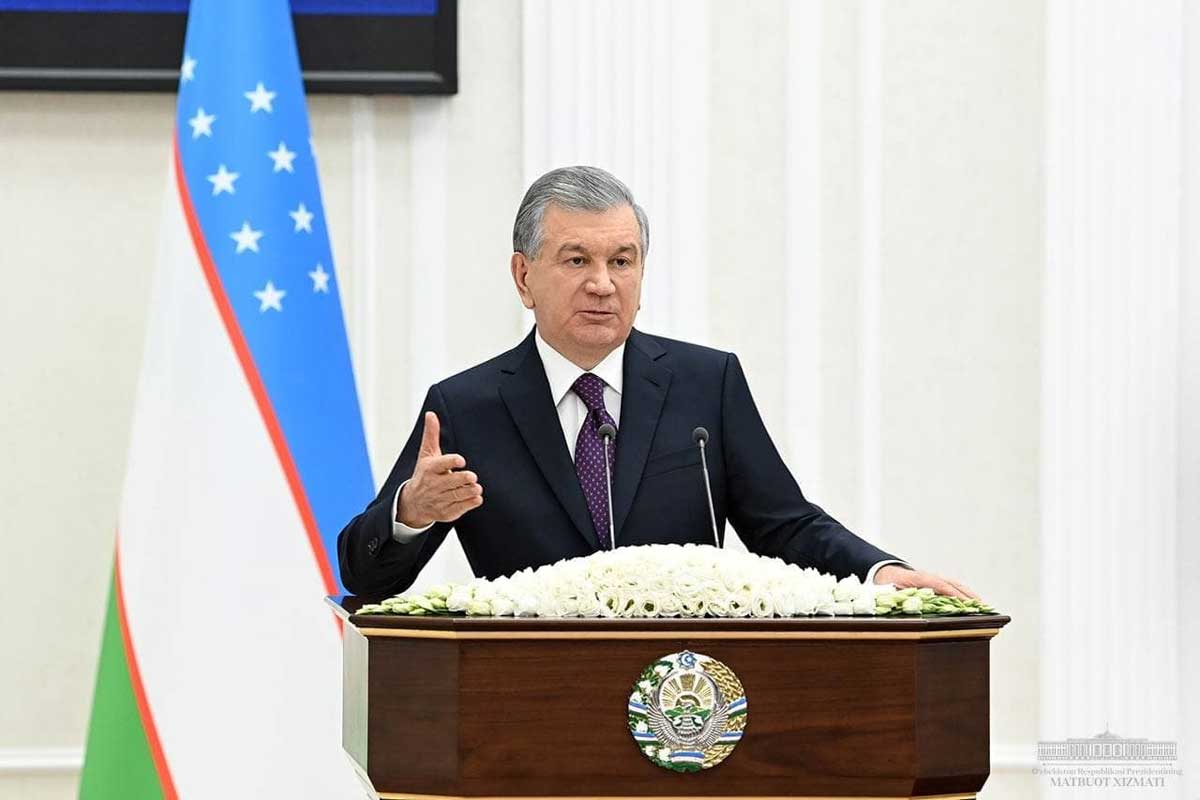President Shavkat Mirziyoyev has been at the helm of Uzbekistan since 2016, and his recent re-election in July 2023 is a testament to his enduring popularity. This article explores his background, political journey, and the remarkable reforms that have reshaped Uzbekistan under his leadership.
Early Life and Educational Journey
Born on July 14, 1957, in the Jizzakh region of Uzbekistan to a family of medical professionals, Shavkat Mirziyoyev’s academic pursuit led to a degree in mechanical engineering from the Tashkent Institute of Irrigation and Agricultural Mechanisation Engineers in 1981. He went on to earn a Ph.D. in engineering, solidifying his position as an associate professor.
A Rise through the Political Ranks
Mirziyoyev’s political career took root in 1990 when he became a deputy in the Supreme Soviet of the Uzbek Soviet Socialist Republic. Over the years, he assumed pivotal roles, including mayor of the Mirzo-Ulugbek district of Tashkent, governor of the Jizzakh region, and mayor of the Samarkand region. Concurrently, he served as a deputy in the Oliy Majlis, the Uzbek Parliament, from 1995 to 2003. His remarkable contributions to regional development paved the way for his appointment as Prime Minister of Uzbekistan in 2003, a position he held three more times in 2005, 2010, and 2015.
Ascending to the Presidency
In September 2016, following the passing of former Uzbek President Islam Karimov, Shavkat Mirziyoyev was named interim president and subsequently elected as the president in December 2016.
The “Honour and Dignity” Reforms
The hallmark of Mirziyoyev’s presidency is the sweeping “honour and dignity” reforms, encompassing:
- Political Transparency: A steadfast commitment to fostering transparency and openness within the political system.
- Economic Empowerment: The creation of a conducive business environment, economic liberalization, and the eradication of the black market for foreign currencies.
- Rule of Law: Strengthening human rights, freedom of speech, and media freedom, all while upholding the rule of law.
- Social Advancements: Implementing initiatives aimed at poverty alleviation and long-term sustainability.
- Global Diplomacy: A strategic focus on building trust and cooperative relations in Central Asia and with global partners.
The New Uzbekistan 2022–2026 Program
Uzbekistan is currently advancing the New Uzbekistan 2022–2026 program under Mirziyoyev’s visionary leadership. This program aims to consolidate past reforms and position the nation as a premier hub for foreign investment and tourism in Central Asia. Key objectives include fostering economic growth, elevating per capita GDP to USD 4,000, promoting free-market competition, and streamlining bureaucratic processes.
The Uzbekistan-2030 Strategy
The ongoing development of the Uzbekistan-2030 Strategy builds upon earlier initiatives and underscores priorities that include:
- Individual Development: Creating an environment conducive to personal growth through educational reforms and poverty alleviation.
- Sustainable Economic Growth: Paving the way for enduring economic progress.
- Environmental Conservation: A focus on water conservation and environmental preservation.
- Effective Governance: Ensuring a responsive public administration and a reformed judicial system.
- A Peaceful Nation: A vision to transform Uzbekistan into a secure and peace-loving nation.
Conclusion
Shavkat Mirziyoyev’s presidency has heralded a monumental transformation, both within Uzbekistan and on the international stage. His unwavering commitment to reform and his vision for a revitalized Uzbekistan underscore his dedication to improving the lives of Uzbek citizens and fostering sustainable regional development.
